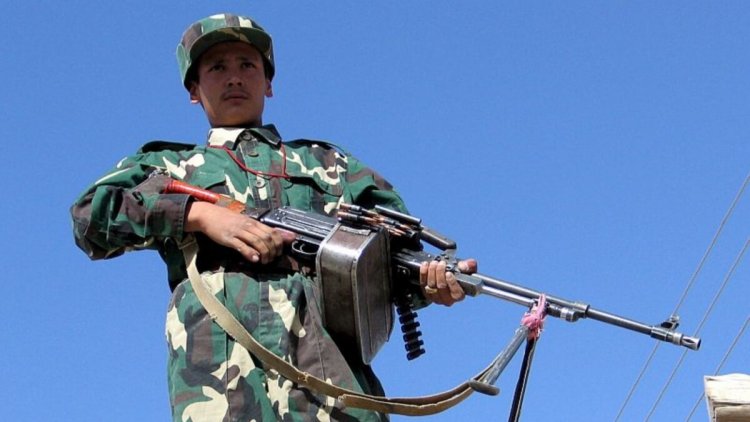India - Pakistan: Hot Pursuit is Recognised in Law
STORIES, ANALYSES, EXPERT VIEWS

In a recent interview with CNN News18, defence minister Rajnath Singh said that India reserves the right to enter Pakistan to eliminate anyone who escapes over the border after trying to carry out terrorist activities in India. Predictably, Pakistan called the statement provocative. However, writes General Manoj Mukund Naravane (retired Indian Army General who served as the 28th Chief of the Army Staff) “it must be seen in the context of the concept of hot pursuit and not in context of the allegation by The Guardian that India has had a role to play in the deaths of a number of terrorists on Pakistani soil.”
Concept of hot pursuit
Hot pursuit in military operations, explains the former Army chief “is a concept deeply rooted in international law and the principles of self-defence. It refers to the pursuit of an enemy force across borders or into foreign territory in response to an ongoing attack or imminent threat. This pursuit is undertaken with the aim of neutralising the threat and protecting one’s own forces or interests. However, while hot pursuit serves as a crucial tool in military strategy, it also raises significant legal and ethical considerations."
In the context of military operations, “hot pursuit typically occurs when a defending force is attacked by an enemy from across the border. In such situations, the defending force may pursue the aggressor into foreign territory to prevent further attacks or to eliminate the threat. This pursuit is considered justified under the principle of self-defence, which allows states to take necessary actions to protect themselves from armed aggression.”
Subject to several conditions and limitations: However, “the legality of hot pursuit in military operations is subject to several conditions and limitations. According to international law, hot pursuit must meet certain criteria to be considered lawful.
“Immediacy: The pursuit must be undertaken promptly, in response to an ongoing attack or imminent threat. It cannot be initiated based on past events or speculative threats.
“Proportionality: The response must be proportionate to the threat posed. Excessive use of force or collateral damage may violate international humanitarian law and lead to legal repercussions.
“Territorial Sovereignty: The pursuing force must respect the sovereignty of the territory it enters. While hot pursuit allows for temporary incursions into foreign territory, the pursuing force must refrain from unnecessary interference with the territorial integrity of the state.
“Notification: Ideally, the pursuing force should notify the relevant authorities in the territory being entered, informing them of the pursuit and seeking their cooperation. However, in situations of urgency, such notification may not always be feasible.
“Termination: Hot pursuit must cease once the immediate threat has been neutralised or once the pursuing force has reached a point of safety. Continued pursuit beyond this point may be considered unlawful aggression.”
Failure to adhere to these principles, writes the former General “may result in accusations of aggression or violations of international law, leading to diplomatic tensions or legal consequences for the pursuing state.”
Interpreting India’s hot pursuit
India’s response to cross-border acts of terrorism, whether state-sponsored or by individual groups, “has to be seen in the backdrop of accepted international norms. The surgical strike astride the Myanmar-India border in 2015, in response to attacks on the Assam Rifles in Nagaland and the Army in Manipur by Indian insurgent groups operating out of Myanmar, certainly meets the criteria of hot pursuit on all counts. Similarly, the surgical strikes on terror infrastructure in Pakistan post the attack on an Indian Army camp in Uri in 2016 and the Balakot airstrikes after an attack on a convoy of the CRPF in 2019 are but an extension of the concept of hot pursuit. It may not be a hot pursuit in the classical sense of pursuing a fleeing enemy, but neutralising a known threat-in-being is certainly just good common sense.”
Moreover, “the surgical strikes were meant to drive home a lesson and had no territorial ambitions…”
















